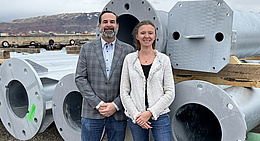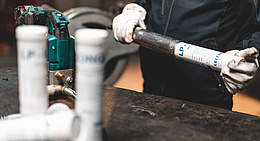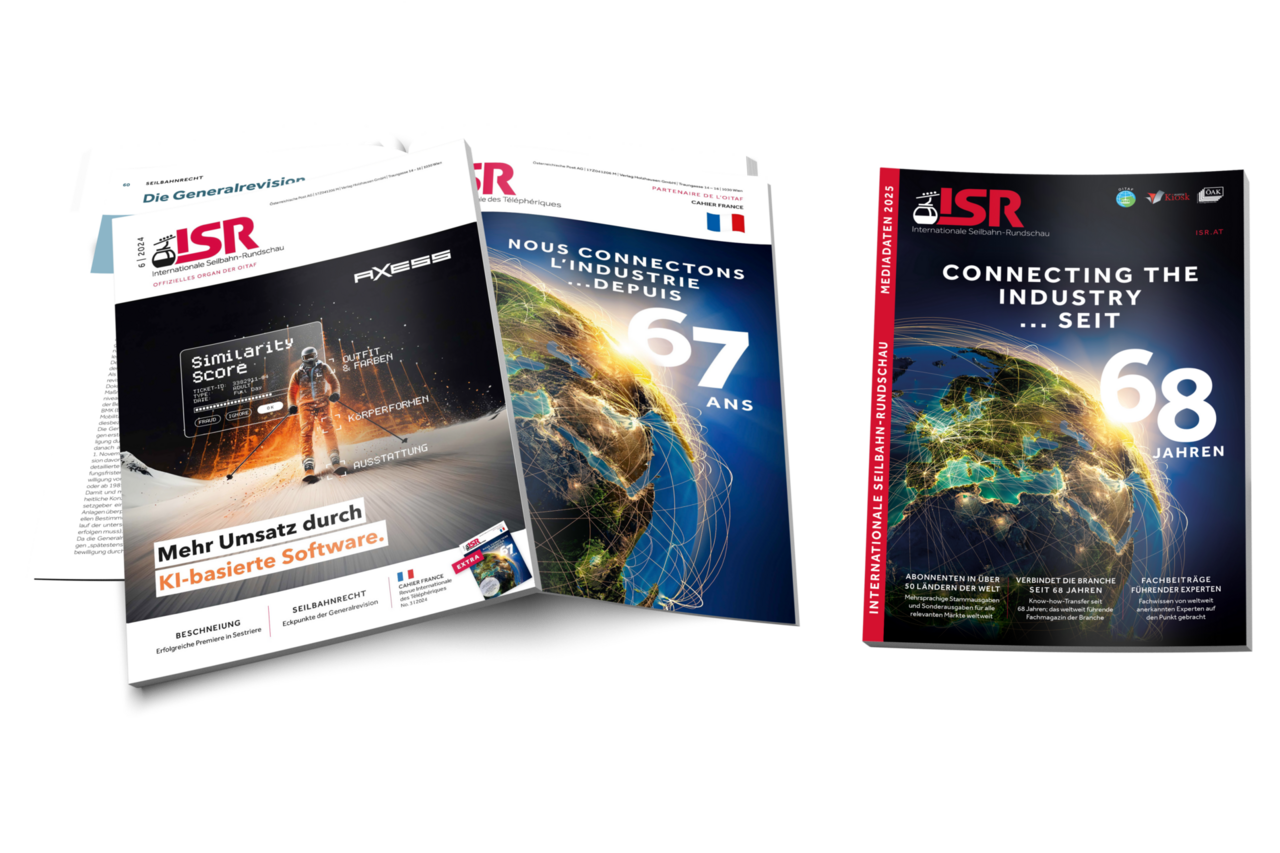This conclusion is underpinned by the findings of a recent study of the economics and system engineering required for three ropeway projects in Zurich, Switzerland. A particular problem is seen in the fact that ropeways operate as point-to-point connections and have far less network potential than bus and streetcar routes with their numerous stops and transfer options. In the case of ropeway lines, additional bus services with shorter intervals between the stops would often be required at street level, which would negatively affect the cost-benefit ratio for the ropeway. The urban ropeways proposed for Zurich have poor calculated cost recovery rates of less than 50%.
Ropeway system realities
The idea of reducing the volume of traffic at street level by installing an overhead ropeway system is tempting in theory but is often unrealistic in practice.
Where the line of the ropeway is to follow a road, for example, the space requirement for the line towers entails a reduction in the number of lanes available for motor traffic at street level. This can perhaps be avoided by using wide portal-type towers, but these also have footings, which have to be constructed somewhere. An even bigger problem in the built-up area is the need to find suitable locations for the stations. And they have the additional disadvantage of the – sometimes considerable – difference in height between street level and the platforms. That costs time for users and money for the operators in the form of suitable elevator systems. Intermediate stations are also a major item on ropeways; for streetcars and buses, a simple sign is basically all that is needed.
Finding a line
Ropeways basically run in a straight line or are composed of a number of straight sections. This greatly limits the scope for installing ropeways along existing roads in urban centers that have developed over time. A ropeway routed above buildings, on the other hand, would call for unrealistically high tower heights in order to maintain the necessary vertical clearance. In addition to the technical challenges, there would also be problems with the urban aesthetic and opposition on the part of local residents.
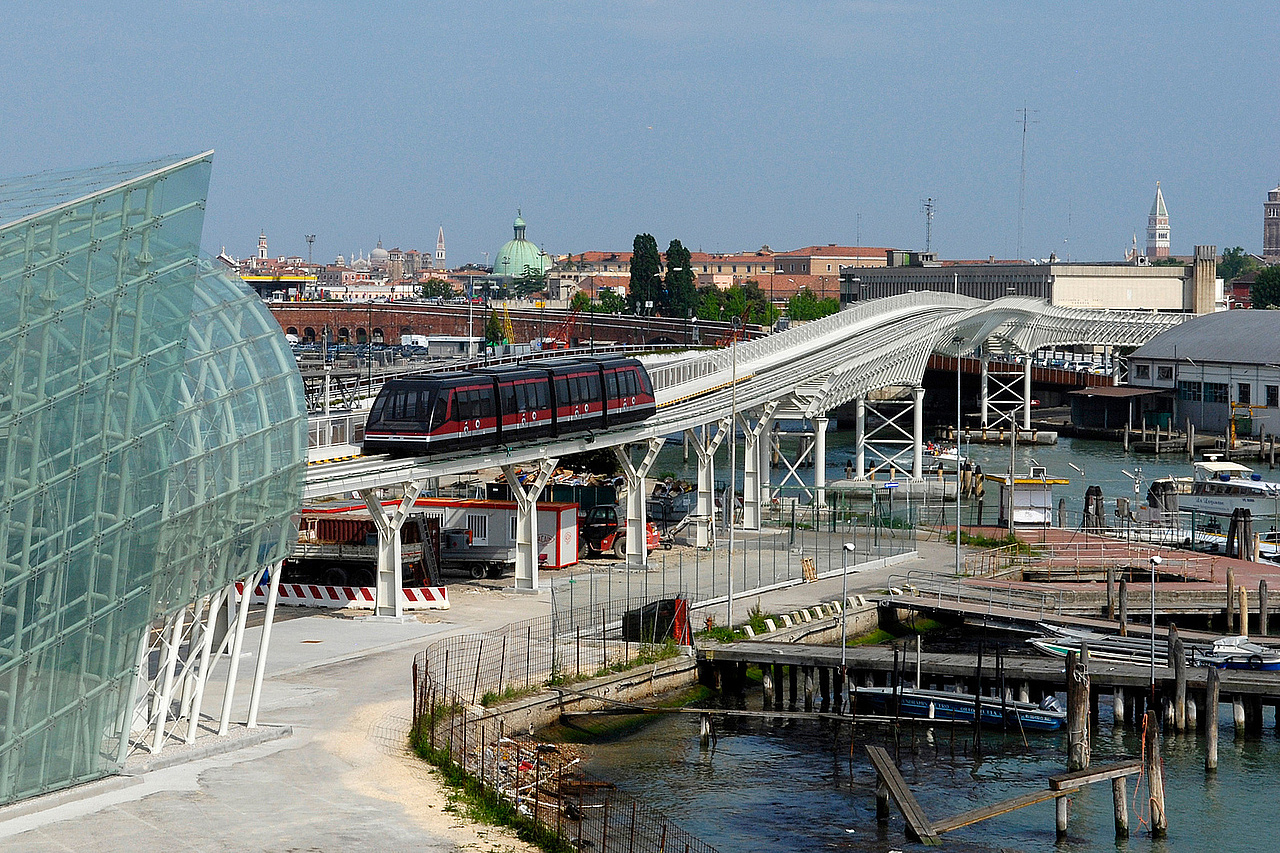
![[Translate to English:] Foto: Leitner](/fileadmin/_processed_/a/8/csm_Vertragsunterzeichnung_Narvik_6_copyright_LEITNER_print_501f2d5c24.jpg)
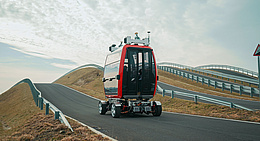
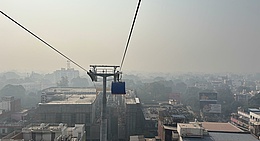
![[Translate to English:] (c) Doppelmayr](/fileadmin/_processed_/b/3/csm_85-ATW_Stechelberg-Muerren_Lauterbrunnen_CHE_001_6442c0520d.jpg)


